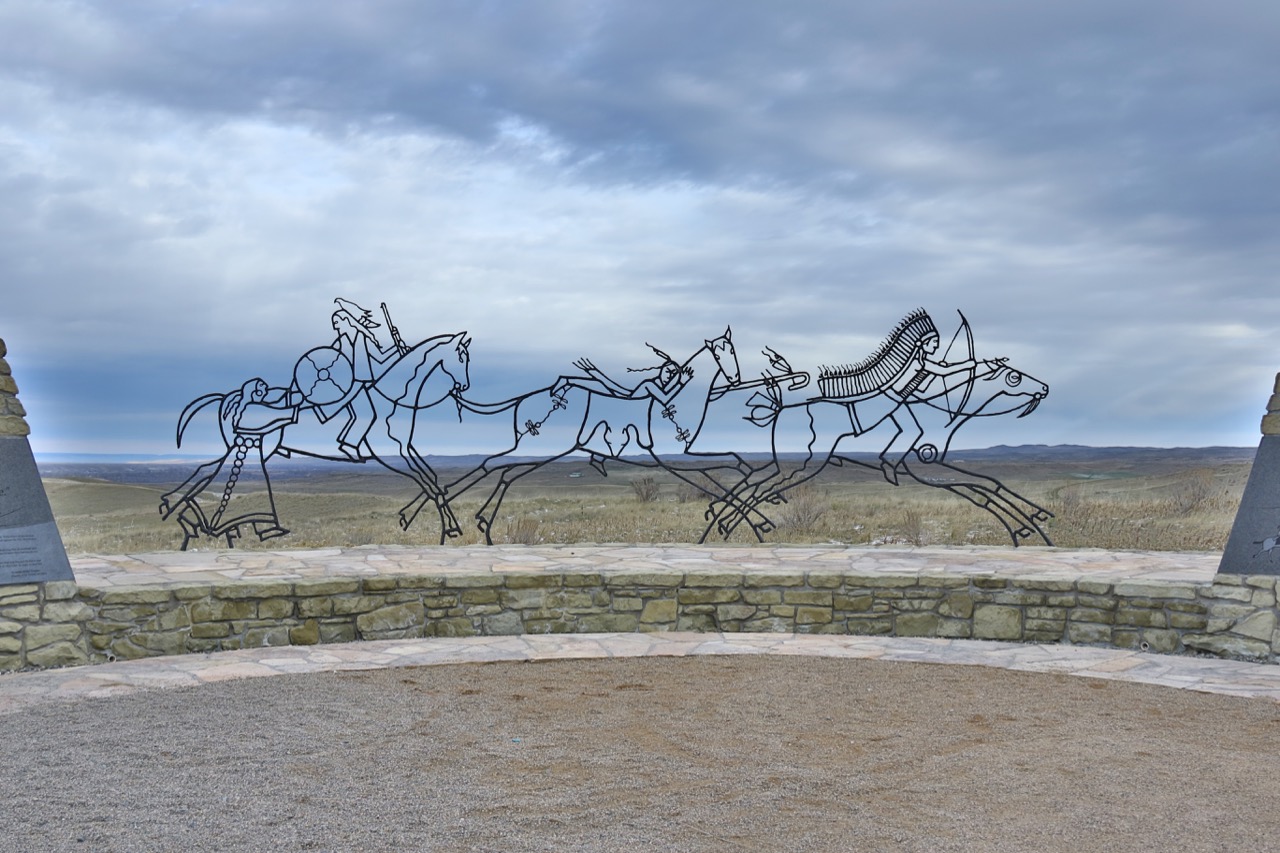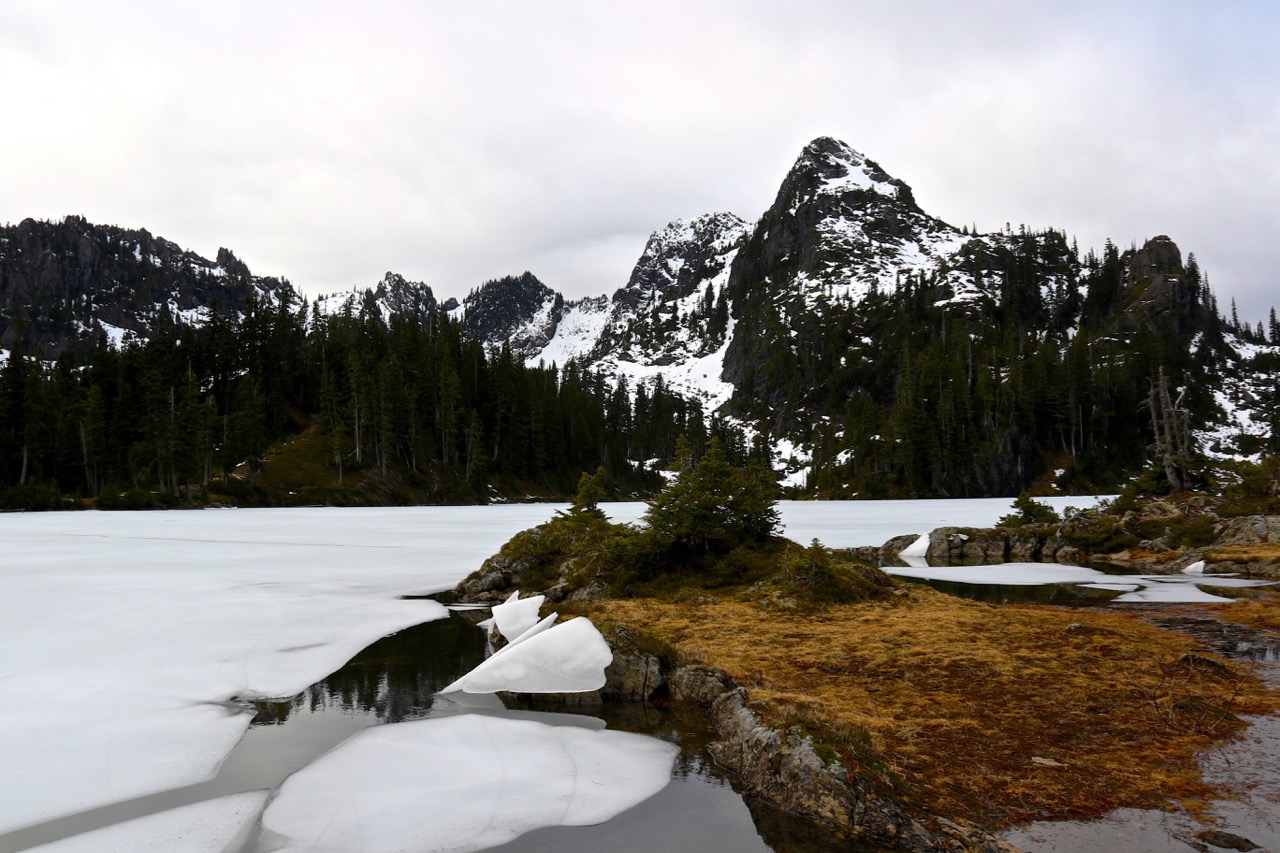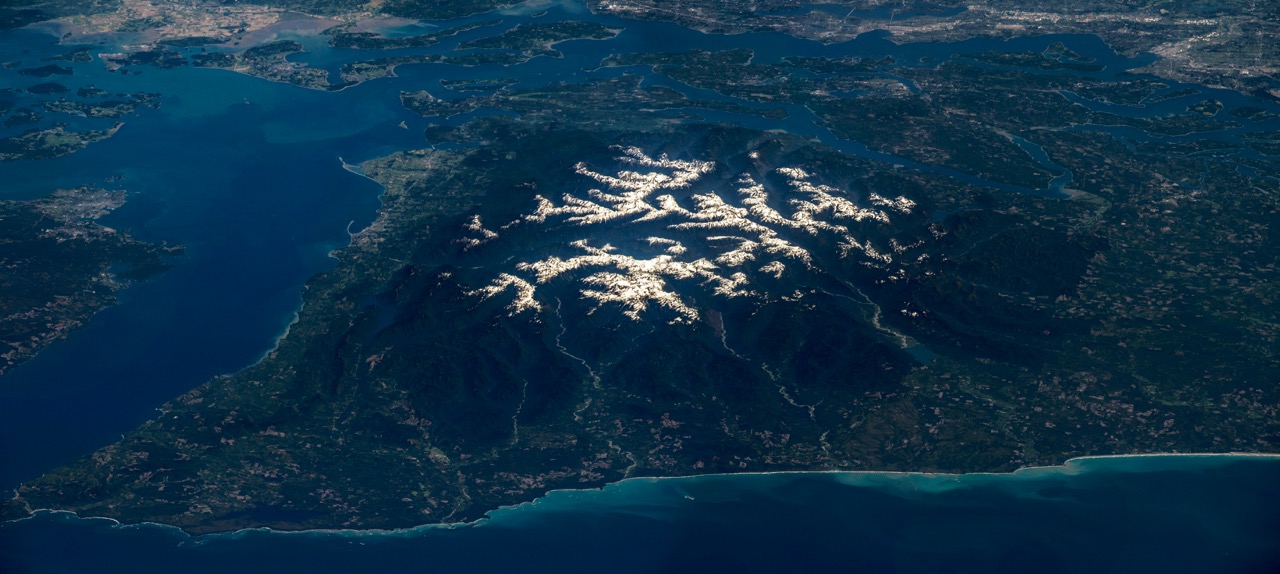It was the 1980s and I was a little kid when I first heard about Native Americans in Yellowstone National Park. I was told, by a ranger at a visitor center that Native Americans didn’t live in or even visit the lands within the boundaries of the park. I was told they were scared of the unexplainable and the area was avoided. I was told lies.
Growing up near Olympic National Park, I heard very few stories about the tribes that lived in the area. Despite living next to the town of Taholah, in the Quinault Reservation, the region’s first inhabitants, as well as their history and impact in the region, were ignored. More people knew about elk and moss and the creation of the park, then the history of first inhabitants of the Olympic Peninsula.
As I got older and talked to my friends who grew up on the reservation, I quickly came to learn that everything about their way of live had been hidden, pushed away and rewritten. My public school education hadn’t taught me much about their culture or history and I was (and still am) largely ignorant of how to even communicate their legacy around areas which I write. When I do write about Native American history on Public Lands, I feel out of place and as if I am being culturally insensitive.
This isn’t my story to tell. I struggle with this daily, even in this post. Is my silence condoning and continuing the ignorance of our forefathers, or is the most respectful thing I can do is not interject my opinion as a white male into the conversation?
It wasn’t until years later, well into the 2000s, that I began to see literal signs of change. All around our Public Lands, a resurgence in recognizing native cultures began to appear. Information signs started to get posted regarding the tribes who once called the areas home. The main signs in Port Angeles at Olympic National Park now have Native languages written on them, the visitor centers celebrate the local tribes a bit more and awareness of the history is becoming more common. Yet, problems still arise.

Yellowstone has also changed their policy regarding Native American history in the region. No longer are visitors told the lies mentioned to me earlier. Instead, Rangers give the most accurate and up to date information that they can to interested guests. They talk about Chief Joseph and how in 1877, he led the Nez Perce Nation away from the certain death at the Battle of Big Hole.
Little Bighorn has changed too. As a teen, I recall visiting the site of Custer’s last stand and being horrified at how little respect the Lakota, Northern Cheyenne and Arapaho Nations received in the visitor center. Now, things have slowly started to change. While the main visitor center is still leaning toward a military museum, the tribe has gotten a little more respect. Outside, on the grounds of the park, a beautiful art installation has been placed, giving a spotlight into the other side of the story.
These examples are recent history, ignoring the other 6,000+ years of culture now mostly lost. Many parks are now working with tribes to restore a sense of balance to the areas which we now call Public Lands.
Changes are occurring, but at glacial speeds. When I led tours around the Olympic Peninsula, most of my clients were from the East Coast. When I was driving, I would let them know when we were entering into tribal land. The first thing they all asked was if they would see any teepees. As we drove through towns like LaPush, they would get disappointed that they didn’t see people in headdresses or in buckskin outfits. This happened far more than I care to admit and made me realize that we have a much bigger problem than just a lack of understanding of the first people’s on Public Lands.
Public Lands can only do so much. This ignorance and lack of respect for the Native people’s is engrained into nearly everything we do. We ignore Native American rights, we ignore their history and we push aside their culture. While National Parks do, and should continue, to work with them, we need an entire culture change and a recognition of Native American’s existence and history in society. Anything less is not a solution.
At the end of the day, with a strapped budget, our National Parks can’t do much to reverse this trend of pushing aside Native American history on Public Lands. These lands were stolen and if you know where to look, are still stained with the blood of genocide. It is a sobering and sad reality to wander beautiful trails, knowing that the past 400+ years of history is so awful.
That is why it is partially up to the outdoor community to figure out what to do. It is up to us to make sure that in everything we do, we give the first people credit and respect. When we talk about Public Lands, we need to do more in our writing to include Native voices, to highlight their history. Most importantly, we need to do so in a way that is not “whitewashing” or offensive. I honestly wish I had more answers here, but this problem is systemic in the fabric of America.
This post was written in one hour for #NatureWritingChallenge. The topic was “How can our Public Lands, either as a whole or an individual park, better recognize and honor Native history.” This was extremely difficult and I realize I provided no answers, because I don’t know what to do about this issue. I guess all we can do is try harder when we have the chance to share, educate and respect the native culture’s we have ignored.
A few Interesting links to read that dive way more into detail than I could in an hour:
National parks are beautiful—but the way they were created isn’t
From Yosemite to Bears Ears, Erasing Native Americans From U.S. National Parks
Ethnic Cleansing and America’s Creation of National Parks
The book American Indians and National Parks



